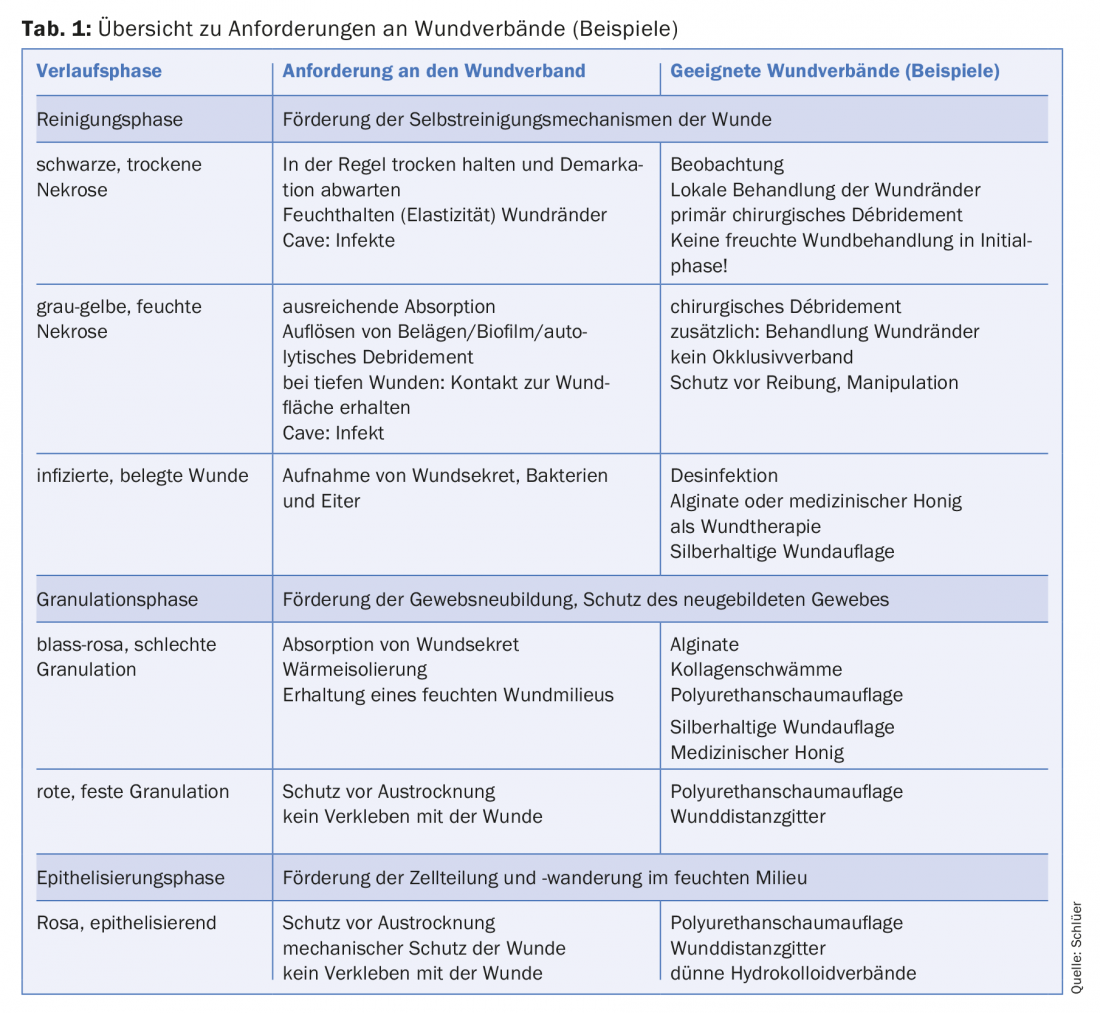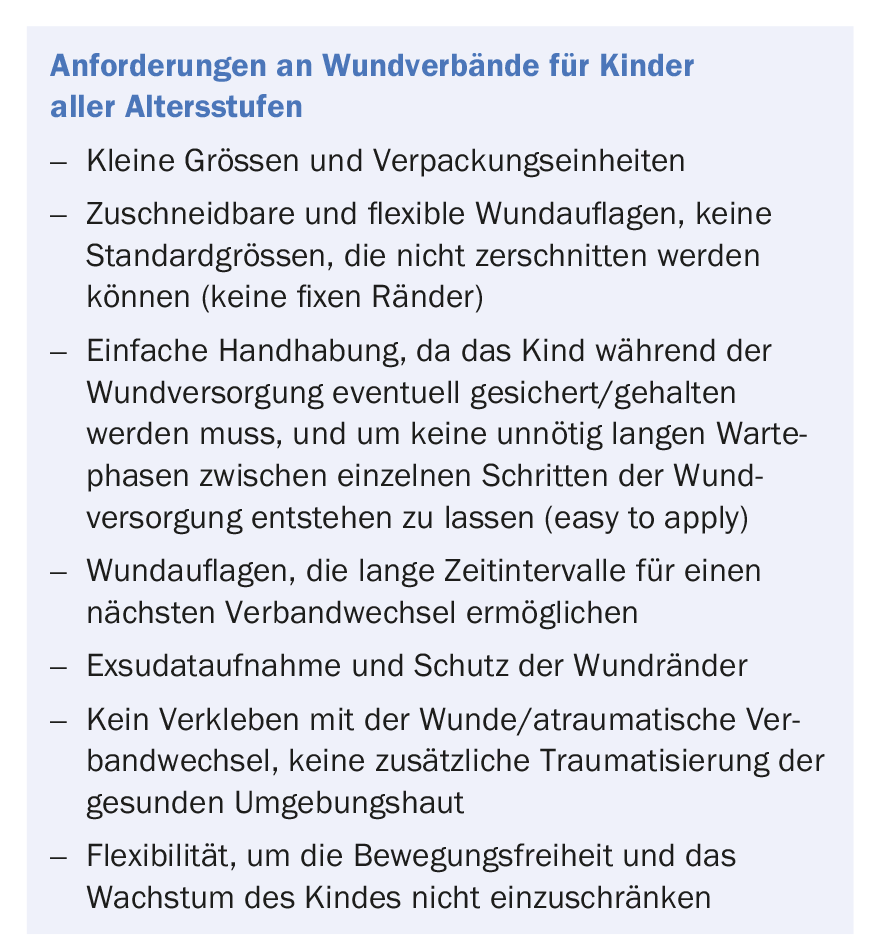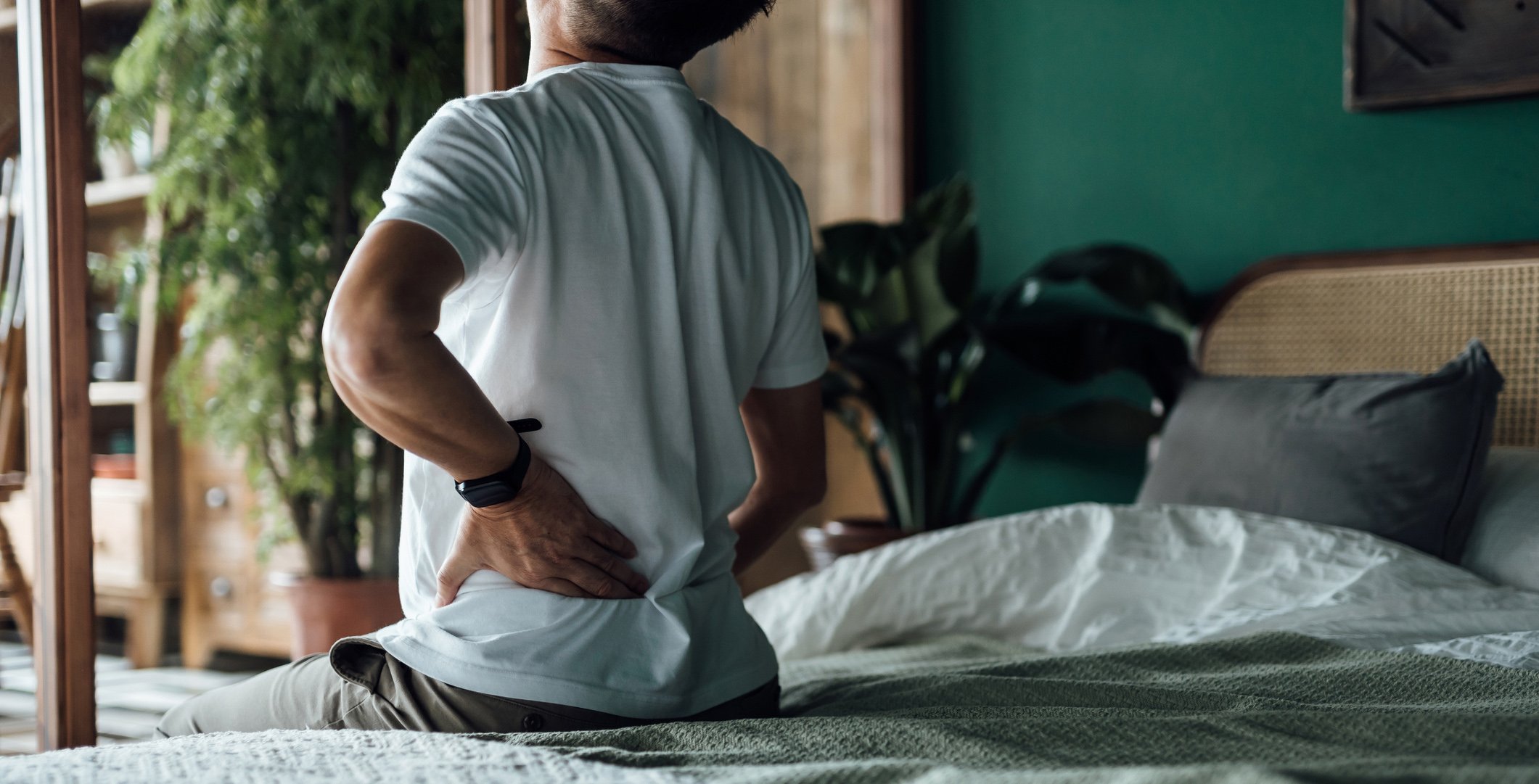Complex wounds in children present special challenges. Examples of complex wounds are: large-scale thermal injuries, wounds resp. Wound healing disorders in children with reduced immunity, wounds in children receiving intensive chemotherapy and/or radiotherapy, wounds in premature infants born before 32 weeks’ gestation, and category three and four pressure ulcers.
Pediatric patients span a wide age range from neonates (including premature infants) to adolescent youth ages 16-18. Basically, children are a very healthy population, who usually sustain wounds in the context of minor injuries such as abrasions or superficial injuries, which they suffer in everyday life or during play. These wounds usually heal primary and without problems without special and specific care.
A small percentage of children also present with complex wounds that require interprofessional and targeted care. Examples of such complex wounds in pediatric patients include deep or extensive thermal injuries, wounds resp. Wound healing disorders in children with reduced immunity, wounds in children undergoing intensive chemotherapy and/or radiotherapy, wounds in premature infants born before 32 weeks’ gestation (SSW), and category three and four pressure ulcers. To date, little research-based evidence has been generated on the most effective wound care in children, yet the demands of caring for complex wounds in pediatric patients are increasing [1,2].
Not only after birth, but also in adolescence, there are significant changes in the skin due to hormonal changes in the organism. Due to the growth of the child and the changing skin structure described above, especially in infancy and adolescence, wound care and treatment must always be adapted according to the age, skin and conditions of the affected areas of the body. Particularly in infants and young children, appropriate interventions for wound care must be adapted to this altered skin structure in order to prevent further traumatization of the skin, for example when removing plasters [3].

Taking into account the child’s skin structures, the following aspects are of central importance for wound healing in children:
- The skin of the premature/neonate and infant in the first year of life is 60% thinner than the skin of adult patients and is therefore susceptible to lesions from dressings, adhesion to the wound and wound edges, and skin tears.
- Skin regeneration, especially in the granulation phase, is significantly faster in children than in adults (greater number of fibroblasts, collagen and elastin production is higher in children).
- Scars potentially grow more slowly than the unscarred surrounding skin and can cause functional limitations after only a short time. This is favored by the simultaneous physiological growth of the child.
- Criteria for classifying chronic wounds in adult patients cannot be applied to children.
To ideally support primary wound healing in children, wounds require protection from mechanical friction so that wound regeneration is not disturbed. Depending on the location, age of the child and size of the wound, a wound dressing is no longer necessary after about 48 hours. Disinfection of the wound is usually not necessary, since the tissue is already closed during the first wound inspection.
Interprofessional clarification of the goals of care
If complex wounds occur in children, i.e. wounds that involve several tissue layers, are extensive or do not show spontaneous healing, complex partial surgical interventions are often necessary. In this context, it is important to define the objective of the corresponding wound intervention interprofessionally and to jointly determine the appropriate procedure. All professionals involved in the wound care and treatment of a pediatric patient should jointly define the objectives of the follow-up treatment in the first pre-interventional step. This contributes significantly to the success of the entire operation or treatment. Not only the current wound situation, but always prospectively the functional as well as cosmetic result with regard to further growth of the child must be included in the choice of therapy. For example, pediatric patients with a category four pressure ulcer in the sacral region will require additional flapoplasties to cover the defect during their lifetime. This means that the planning of the very first operation to cover the defect must already take into account the incision of any further operations in order not to complicate options for the future [4].
Intensive collaboration with parents and families has long been a part of pediatric care and interprofessional care. Parents of children with severe skin injuries are often part of the accident scene or witness the accident firsthand. Because of the feeling of powerlessness, because they could not protect the child, they are burdened by very strong feelings of guilt, which significantly affects their well-being. When choosing the appropriately correct and targeted wound care for a child, it is also important to meet additional challenges from the family in an appropriately professional manner. Pain and anxiety of the sick child often influence and condition each other and usually cannot be clearly distinguished from each other in everyday life. It is known today that parents as well as children suffer more and more from post-traumatic stress disorder after serious and drastic events. For children, it is also often quite banal things such as the restricted freedom of movement and limited activity provoked by a wound dressing that are difficult to endure. Therefore, it is essential to use wound dressings in pediatrics that are easy to apply, allow long intervals between each dressing change, do not stick to the wound and allow atraumatic dressing changes at any time. It turns out that the requirements for a suitable wound dressing for children must be one thing above all – flexible in its use (see box) [4]. All of these aspects impact optimal and functional wound care in children with complex wounds and must be given equal consideration when setting interprofessional care goals.

Although attention must be paid to the ingredients of a wound dressing, they have not been tested for all ages in children, and evaluations of them are usually completely lacking. Similarly, there is a lack of knowledge about the long-term effects of silver-containing dressings in premature infants, neonates, and young children or about the effects of calcium in alginate products in this age group. There are several guidelines available on wound management in adult patients, general guidelines on chronic and general wounds, but also specific guidelines on wounds such as pressure ulcers [5,6]. To the best of the author’s knowledge, there is still no current wound care guideline that is adapted to the needs of children of different ages [7,8].
When choosing disinfectants and wound irrigation solutions, attention must always be paid to the toxicity of potential ingredients and preservatives [9]. If occlusive or semi-occlusive wound dressings are additionally used after the application of such products, the problematic effect is multiplied several times over, especially in infants and young children.
Recommendations for the clinical care of wounds in children
An adapted and sufficient pain therapy around a dressing change is mandatory to counteract the retraumatization of the child and his whole family. Furthermore, it is indispensable to prepare the affected child for an upcoming dressing change with the involvement of his or her family and in an age-appropriate manner and also to involve the child during the intervention [1]. It is useful to explain each step to the child, and then to perform them slowly. Likewise, teddy bears and dolls can be welcome distractions, which as first-time patients must also experience a dressing change.
The wound should be cleaned initially after removal of the wound dressing or before the first treatment; ready-to-use, sterile and pre-moistened wound cleansing wipes are suitable for this purpose. The need for disinfection is based on the cause of the wound, the potential contamination within the scope of the objective and should be done with non-toxic disinfectants if possible. According to the defined objective for a topical care of a wound, the choice of wound dressing is given. The specifics of each age group, skin structure, and children’s need for minimal manipulation guide the selection of the ideal dressing. For complex or nonhealing wounds in children, interprofessional collaboration with health care professionals who specialize in the care of wounds in children is appropriate.
Take-Home Messages
- Primary healing wounds should be protected from mechanical friction to maximize the potential of rapid cell regeneration in infancy.
- Wound dressings must be adapted to the skin structure of the affected child.
- In complex wounds, early interprofessional collaboration is a key success factor.
- Good pain management from initial wound care is essential.
Literature:
- Bahasterani MM: An Overview of Neonatal and Pediatric wound care knowledge and considerations. Ostomy Wound Management 2017; 53(6): 34-55.
- ISPeW: www.ispew.org (retrieved 12.12.2017)
- Blume-Peytavi U, et al: Skin care practices for newborn and infants: review of the clinical evidence for best practices. Pediatric Dermatolgy 2012; 29(1): 1-14.
- Neuhaus K, Klar A, Schlüer AB, Schiestl C: Wound healing and wound management in: Schiestl C; Stark BG (eds): Plastic surgery in children and adolescents. Springer, Berlin, Heidelberg, 2017; 127-147.
- Fan K, et al: State of the art in topical wound healing products. Plastic Reconstructive Surgery 2011; 127 (Supl): 44S-59S.
- Warriner III RA, Carter MJ: The current state of evidence-based protocols in wound care. Plastic and reconstructive surgery 2011; (127): 144S-153S.
- Bahasterani MM, et al: V.A.C. Therapy in the management of paediatric wounds: clinical review and experience. International Wound Journal 2009: 6(1): 1-26.
- Butler CT: Pediatric Skin Care: Guidelines for Assessment, Prevention and Treatment. Dermatology Nursing 2009; 19(5): 471-486.
- Danby SG, et al: Neonatal and Infant Dermatology,3rd edition, Elsevier Saunders, 2015.
DERMATOLOGIE PRAXIS 2018; 28(1): 15-18











